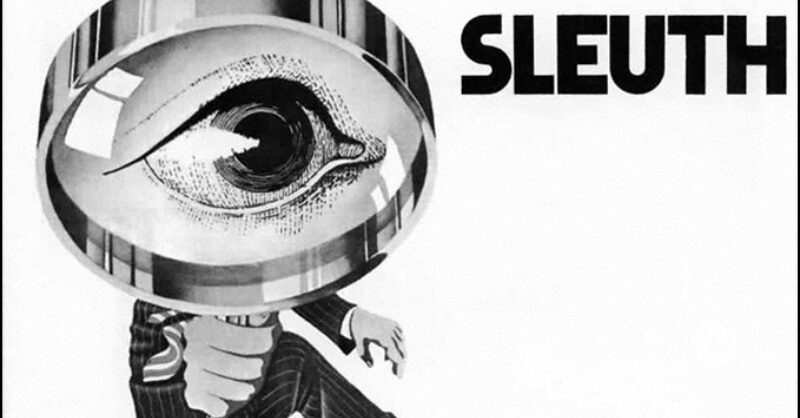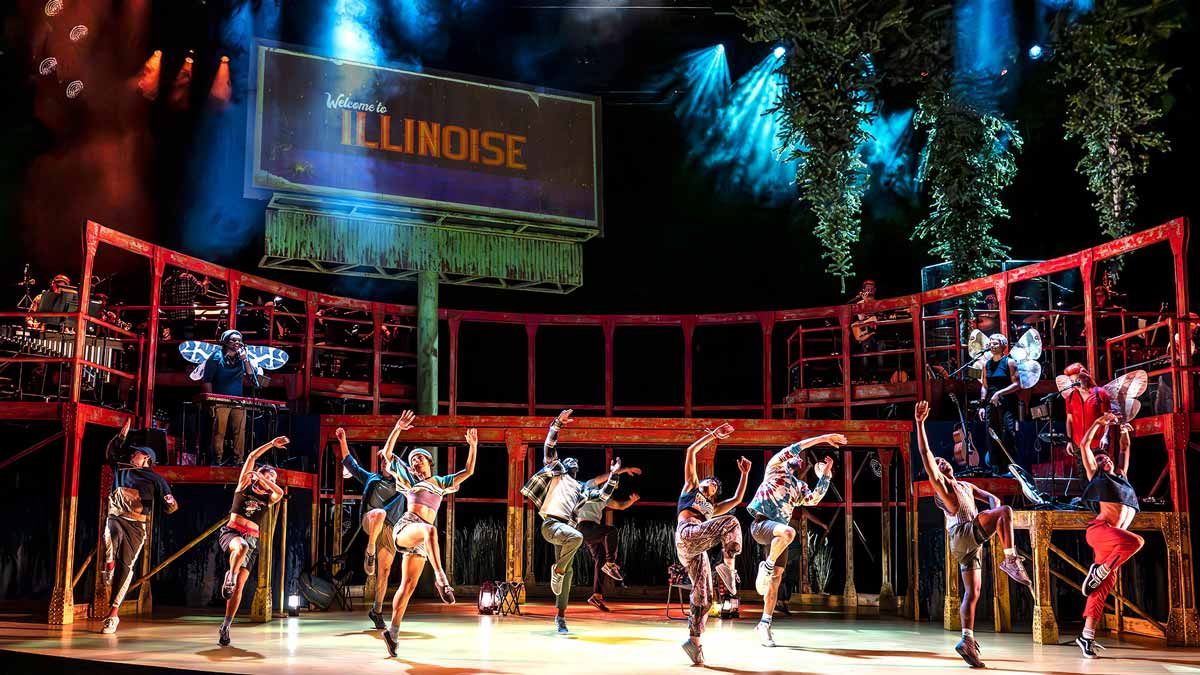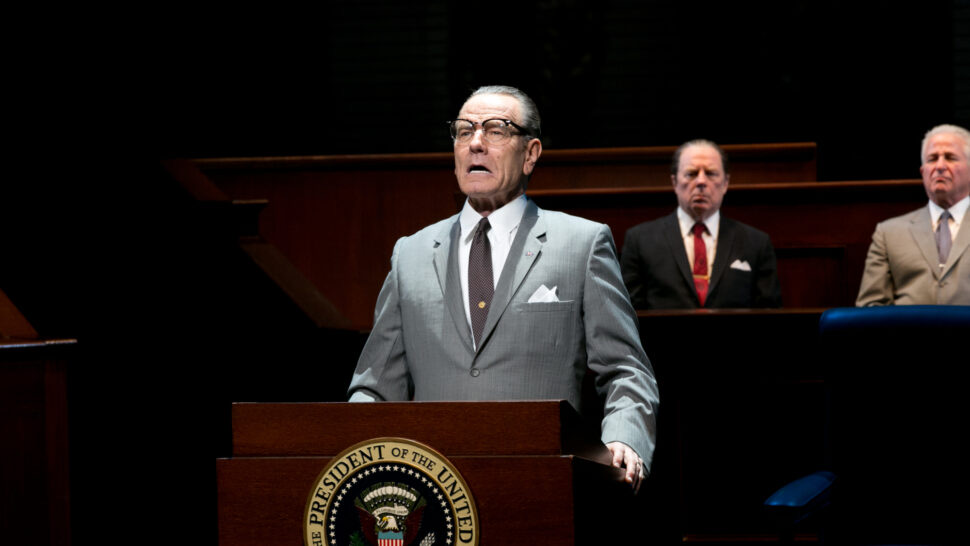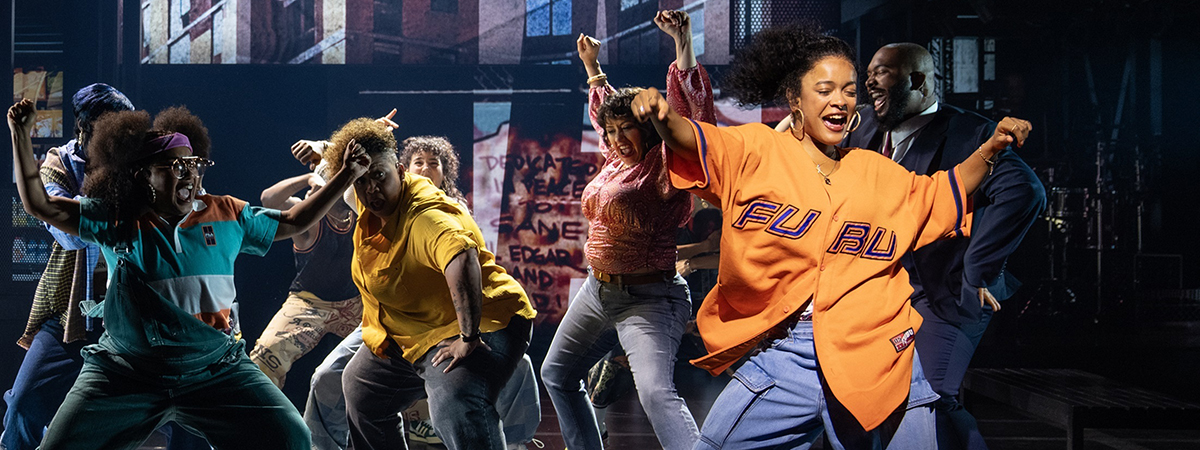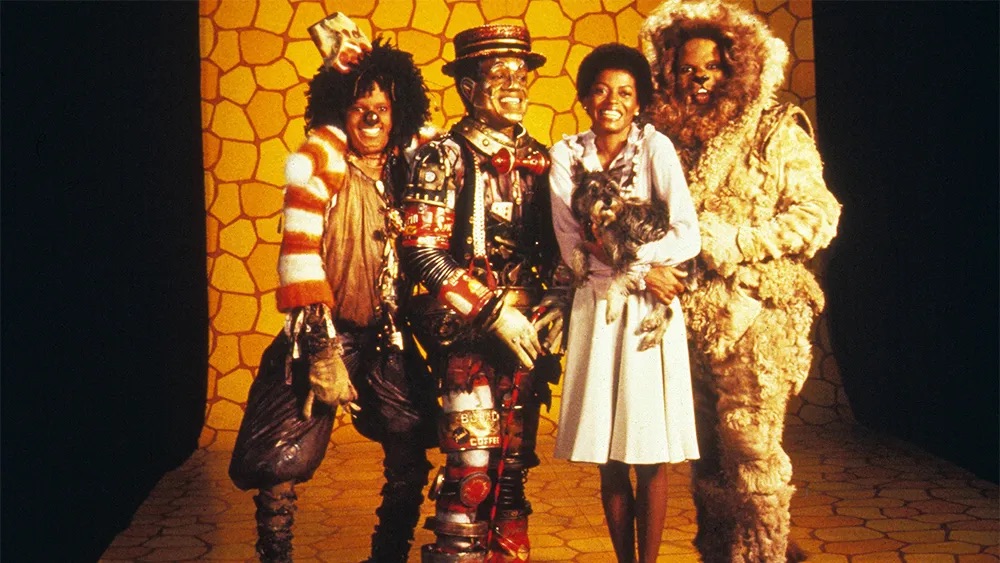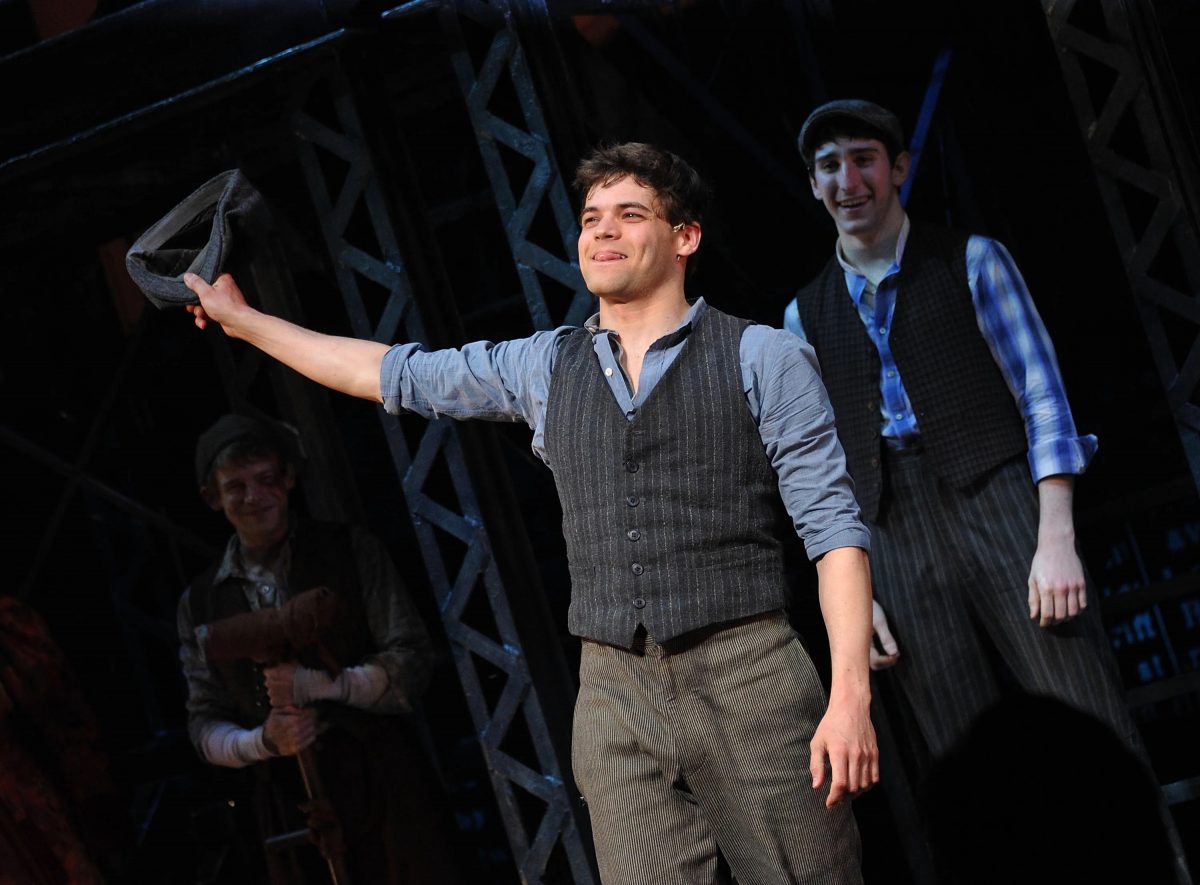On June 16, 2024, the 77th Annual Tony Awards will be held at the David H. Koch Theater, celebrating the best and brightest of this year’s Broadway season! The nominees include those onstage and off, mainstays and newcomers alike. In celebration, Broadway’s Best Shows is highlighting some of the Broadway perennials recognized with Tony nods in this incredibly fruitful year.
This season, Leslie Rodriguez Kritzer is nominated for Best Performance by an Actress in a Leading Role in a Musical for her performance in “Spamalot.” Here’s a breakdown of the Broadway roles that got her here!
Hairspray (2004)
Leslie Rodriguez Kritzer made her Broadway debut in the hit musical “Hairspray,” stepping into the role of Shelley, one of the lovable Nicest Kids in Town. “Hairspray” is a feel-good musical that tackles issues of race and body image with humor and heart, set in 1960s Baltimore.
Legally Blonde (2007)
Kritzer’s next notable Broadway role was as Serena, one of Elle Woods’ peppy Delta Nu sorority sisters. “Legally Blonde” is a high-energy musical based on the popular film, telling the story of Elle Woods as she tackles stereotypes and triumphs at Harvard Law School.
A Catered Affair (2008)
In “A Catered Affair,” Kritzer played Janey Hurley in a poignant musical about a working-class family planning a wedding in the Bronx.
Sondheim on Sondheim (2010)
This unique musical revue celebrated the life and work of Stephen Sondheim, featuring a cast of Broadway veterans performing his most beloved songs. Kritzer was among the ensemble, showcasing her versatility and deep connection to Sondheim’s work.
Elf: The Musical (2010)
Kritzer charmed audiences as Jovie in “Elf: The Musical,” a holiday favorite based on the beloved film. Her performance brought warmth and humor to the role of Buddy the Elf’s skeptical yet endearing love interest.
Something Rotten! (2015)
Kritzer took on the role of Bea Bottom in “Something Rotten!,” a hilarious musical comedy that imagines the creation of the world’s first musical in Shakespearean England. Her character, Bea, is a resourceful and supportive wife with a penchant for cross-dressing to help her husband.
Beetlejuice (2019)
In “Beetlejuice,” Kritzer played Delia Deetz, the eccentric stepmother with a penchant for the paranormal. The musical, based on the cult classic film, is a darkly comedic romp through the afterlife, with Kritzer’s performance standing out for its wit and zaniness.
Spamalot (2023)
Kritzer’s latest triumph is her role as the Lady of the Lake in “Spamalot,” a musical comedy adapted from the film “Monty Python and the Holy Grail.” Her performance has garnered critical acclaim and earned her a Tony nomination, showcasing her range and comedic timing in this hilarious parody of the Arthurian legend.

